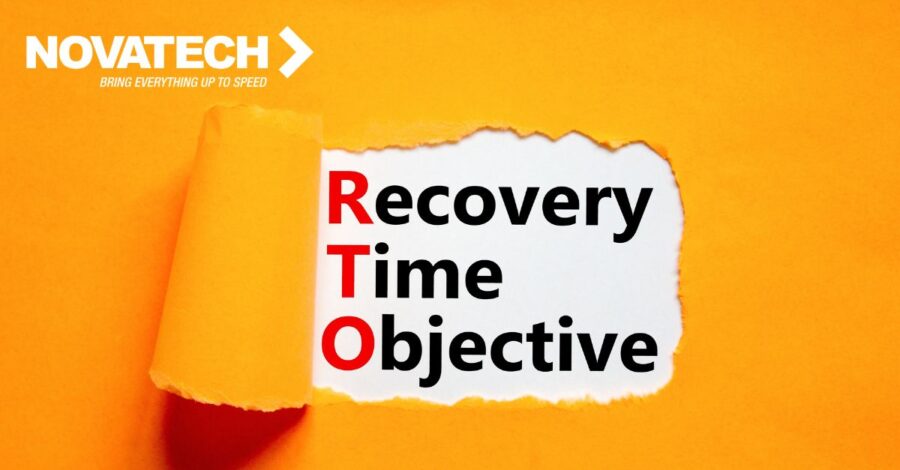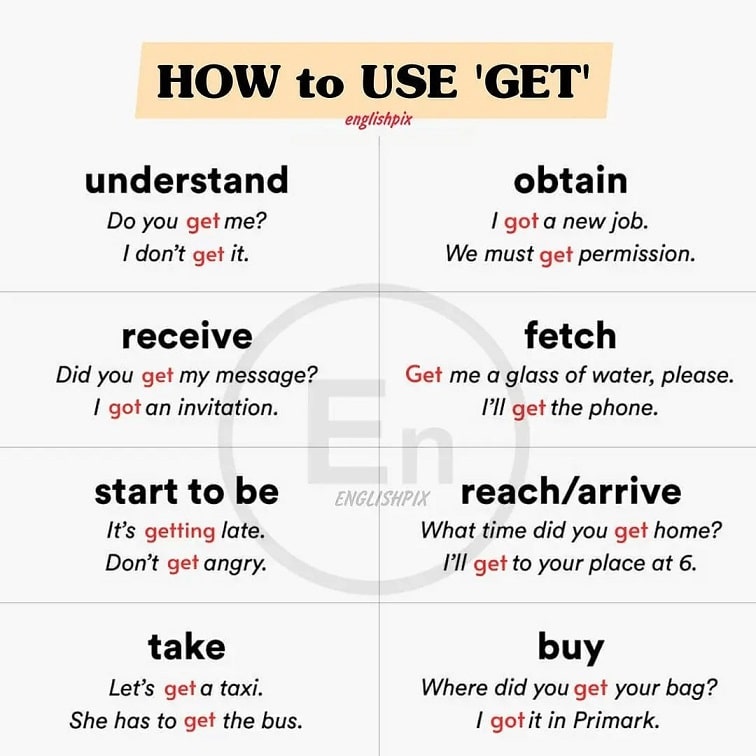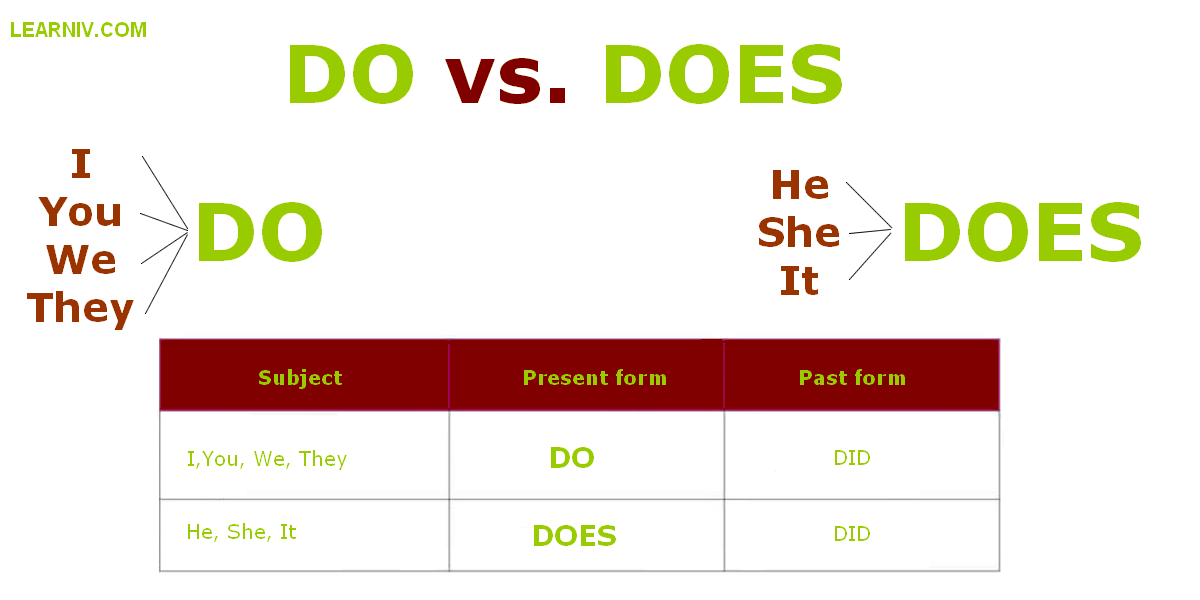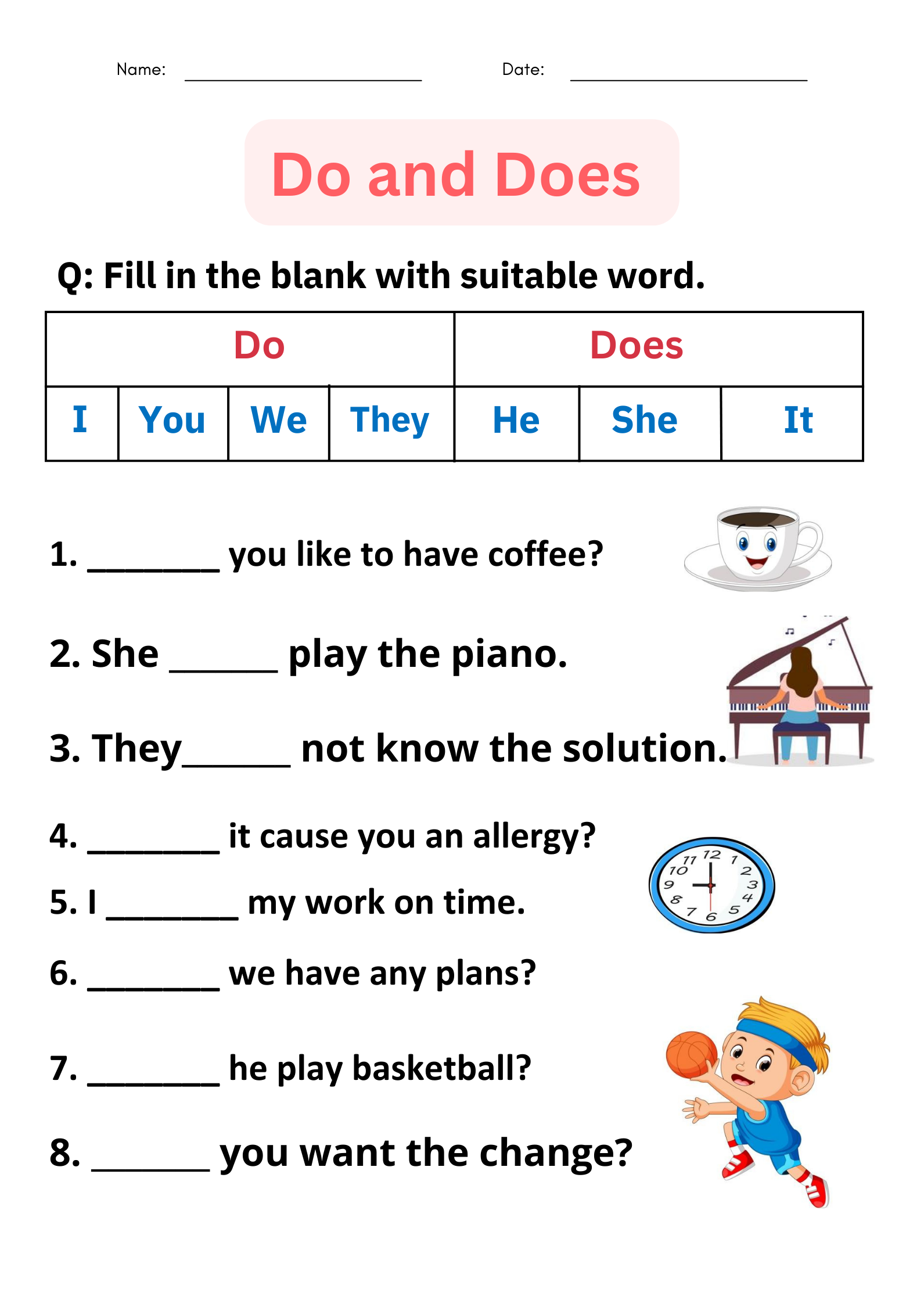Create Your Own Success: Proven Strategies to Prepare for the Education and Career You Want
Introduction: Taking Charge of Your Future
Success in education and career does not happen by chance. It is the result of careful planning, self-awareness, and strategic action. Whether you are a student, a career changer, or someone seeking personal growth, creating your own success means making informed decisions, building essential skills, and leveraging available resources. This guide delivers actionable methods and verified pathways-rooted in proven research and practical examples-to help you prepare for the education and career you want.
Step 1: Self-Assessment and Goal Setting
Begin with a thorough evaluation of your skills , character strengths , values , and interests . Understanding these aspects is critical for choosing educational paths and career options that align with your strengths and aspirations. Resources such as “Career & Life Planning” outline practical tools for self-assessment, including personality inventories, skills audits, and values clarification exercises [1] .
Once you have mapped your personal attributes, set SMART goals (Specific, Measurable, Achievable, Relevant, Time-bound) for your education and career. This structured approach ensures you remain focused and can monitor your progress. For example, if you aspire to become a data analyst, your SMART goal might be: “Complete an accredited data analytics certificate within 12 months and secure an internship by the following summer.”
Implementation Guidance:
Use online self-assessment tools or consult with a career advisor at your current school or local community college. Document your findings and revisit them annually to update goals as you grow.
Step 2: Researching Education and Training Options
Identifying the right education or training is essential. Explore college majors, vocational programs, apprenticeships, and online certifications. The U.S. Department of Education’s College Scorecard is a verified resource for comparing colleges based on graduation rates, average costs, and career outcomes. You can search for programs by field, location, and potential earnings.

Source: richlitvin.com
If unsure, review open educational resources like “Career & Life Planning,” which provide comparisons of degree pathways and training options [1] . Evaluate each option for accreditation, cost, duration, and relevance to your career goals.
Implementation Guidance:
Visit official college websites or training providers to verify program details. Make a list of questions about curriculum, outcomes, and support services, and reach out to admissions counselors for answers.
Step 3: Building Skills and Professionalism
Success in any career requires a mix of technical skills and professional competencies . Focus on developing critical thinking, communication, teamwork, and adaptability. “Keys to College Success” highlights the importance of time management, emotional wellness, and learning strategies for academic and professional achievement [2] .
Implementation Guidance:
Enroll in skills workshops, join student organizations, or participate in online courses on platforms like Coursera or LinkedIn Learning. Practice professionalism by seeking feedback, meeting deadlines, and learning workplace etiquette.
Example: Many universities offer free online modules to improve study skills, resume writing, and interview techniques. Community centers may hold career readiness seminars-contact your local library or workforce development office for events.
Step 4: Networking and Information Interviewing
Networking is a key driver of career success. Proactively connect with professionals in your desired field through LinkedIn, alumni networks, or industry events. Conduct information interviews to gain insider perspectives on roles, required skills, and typical career paths [1] .
Implementation Guidance:
Identify industry associations or professional groups relevant to your career and attend their online or in-person meetings. Prepare thoughtful questions for information interviews: “What skills are most valued in your role?” “What was your educational pathway?” “What advice would you give someone starting out?” Document insights and adjust your plans accordingly.
Alternative Approach: If you lack direct contacts, participate in webinars, join discussion forums, or volunteer in related organizations to expand your network.
Step 5: Financial Planning and Accessing Resources
Education and career advancement often require financial investment. Research scholarships, grants, and financial aid options. The official FAFSA (Free Application for Federal Student Aid) is the primary gateway for federal financial assistance. To apply, visit the U.S. Department of Education’s official FAFSA website and follow step-by-step instructions. Local community foundations also offer scholarships-search their directories or contact them directly.
Implementation Guidance:
Prepare required documents (tax returns, identification, transcripts) early. Seek help from your school’s financial aid office or attend free financial aid workshops. Explore public libraries for guides and support.
Potential Challenges: Navigating eligibility requirements and application deadlines can be complex. Start early and maintain a checklist. Consider alternative funding such as employer tuition assistance or state workforce development grants.
Step 6: Creating a Personal Action Plan
Bring all elements together in a written action plan . Outline short-term and long-term steps, resources to access, deadlines, and benchmarks to measure progress. “Career & Life Planning” suggests revisiting your plan regularly and adjusting as circumstances change [1] .

Source: ea.com
Implementation Guidance:
Use digital tools like Trello, Google Calendar, or dedicated career planning apps to track goals and progress. Schedule periodic reviews and celebrate milestones. Share your plan with mentors for accountability and feedback.
Overcoming Obstacles and Staying Motivated
Setbacks are inevitable, but resilience and adaptability are crucial. “Build the Life You Want” emphasizes the value of managing your reactions, focusing on growth, and seeking support when facing challenges [3] . Find motivation by joining peer support groups, setting rewards for achievements, and practicing self-care.
Alternative Approach:
If you encounter setbacks, seek guidance from academic advisors, career counselors, or mental health professionals. Online forums and support networks also provide encouragement and practical tips.
Accessing Verified Resources and Next Steps
To access the strategies and opportunities discussed:
- Search official college, university, and training provider websites for program details and application processes.
- Visit the U.S. Department of Education’s College Scorecard and FAFSA pages for verified, up-to-date information.
- Contact your local public library, workforce development office, or community foundation for scholarship and career support services.
- Utilize open educational resources such as “Career & Life Planning” for free planning tools and guidance [1] .
If you need additional help, reach out to a certified career coach or counselor in your area. Many organizations offer free or low-cost services to guide you through education and career planning.
Key Takeaways
Creating your own success requires proactive self-assessment, strategic planning, skill building, networking, and resourcefulness. By following these verified steps and leveraging accessible resources, you can prepare for the education and career you want-no matter your starting point.
References
MORE FROM mumsearch.com













